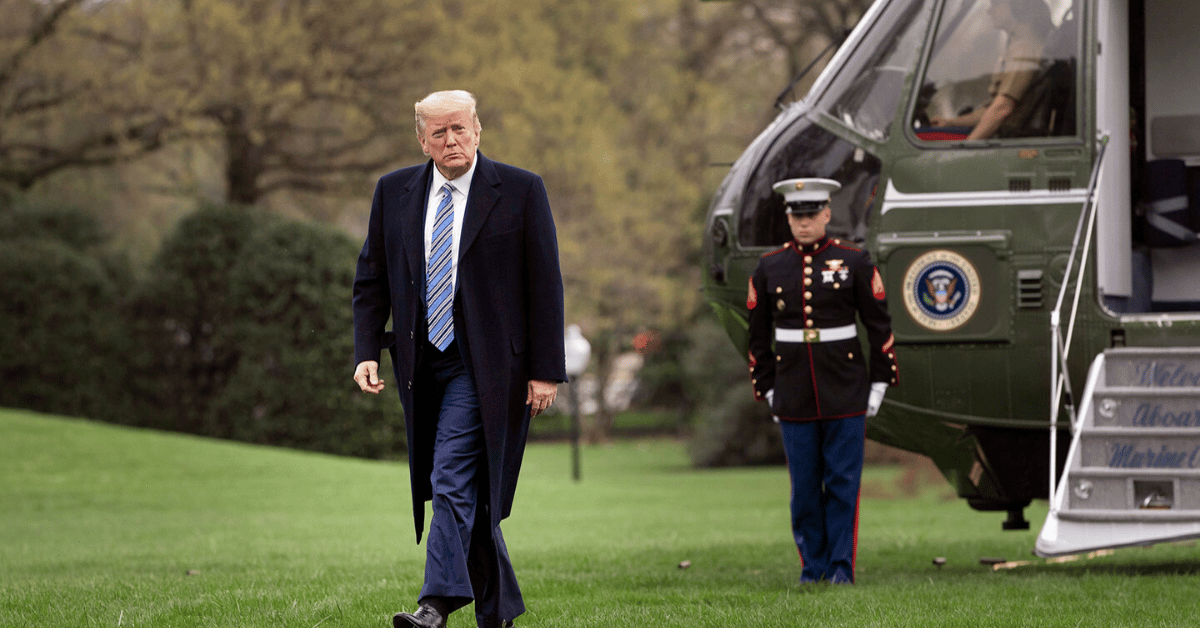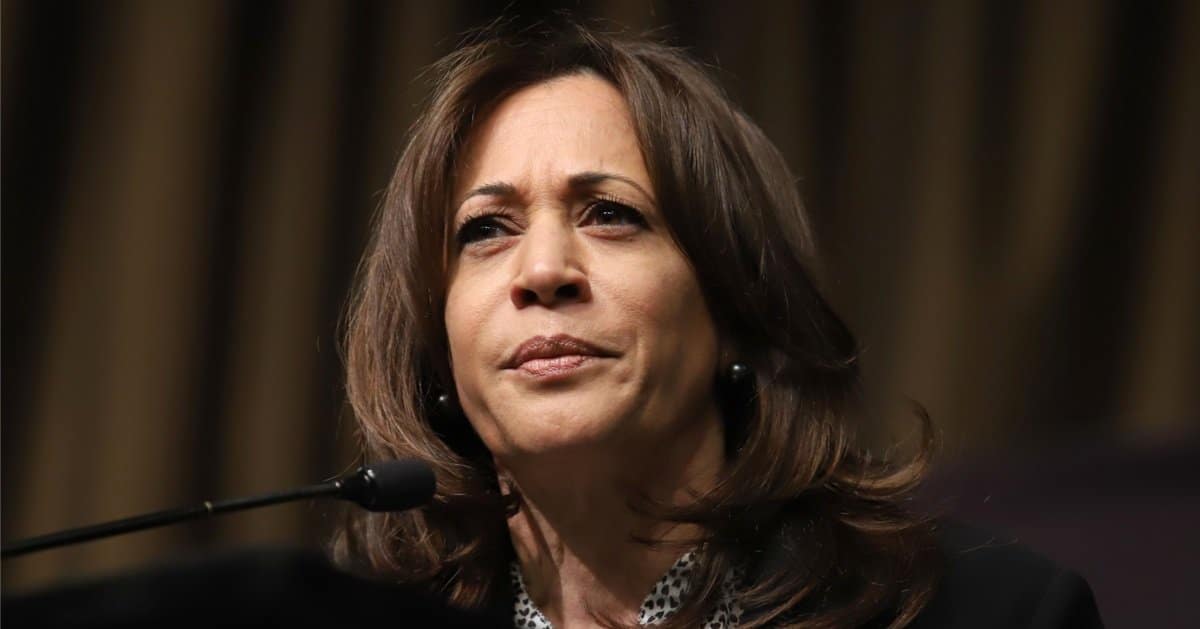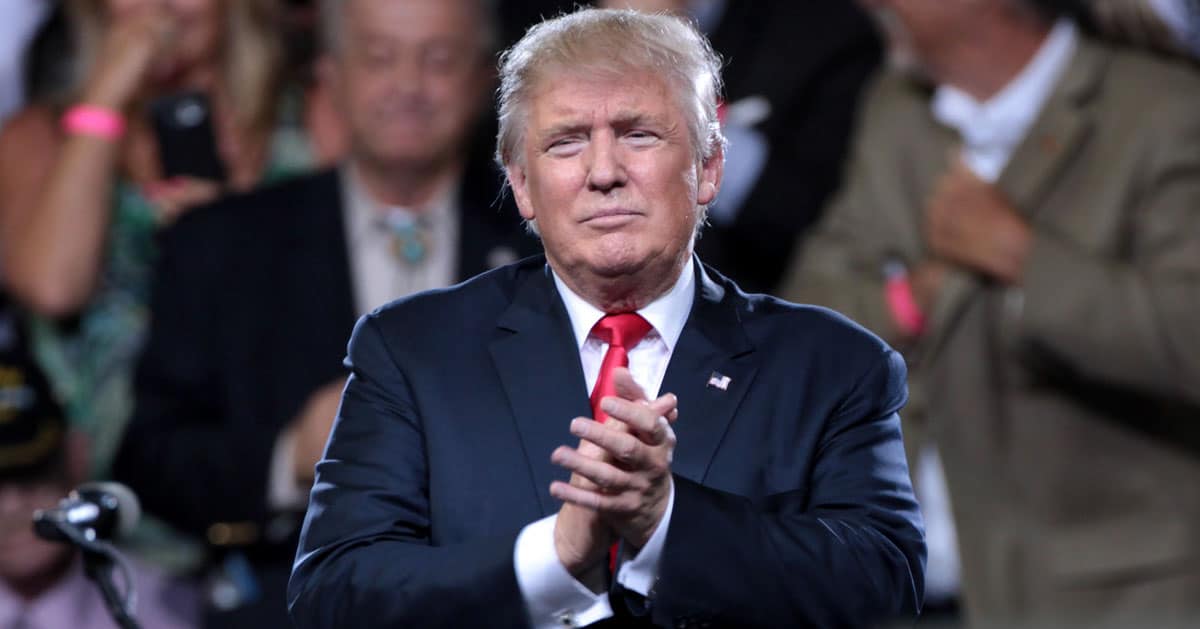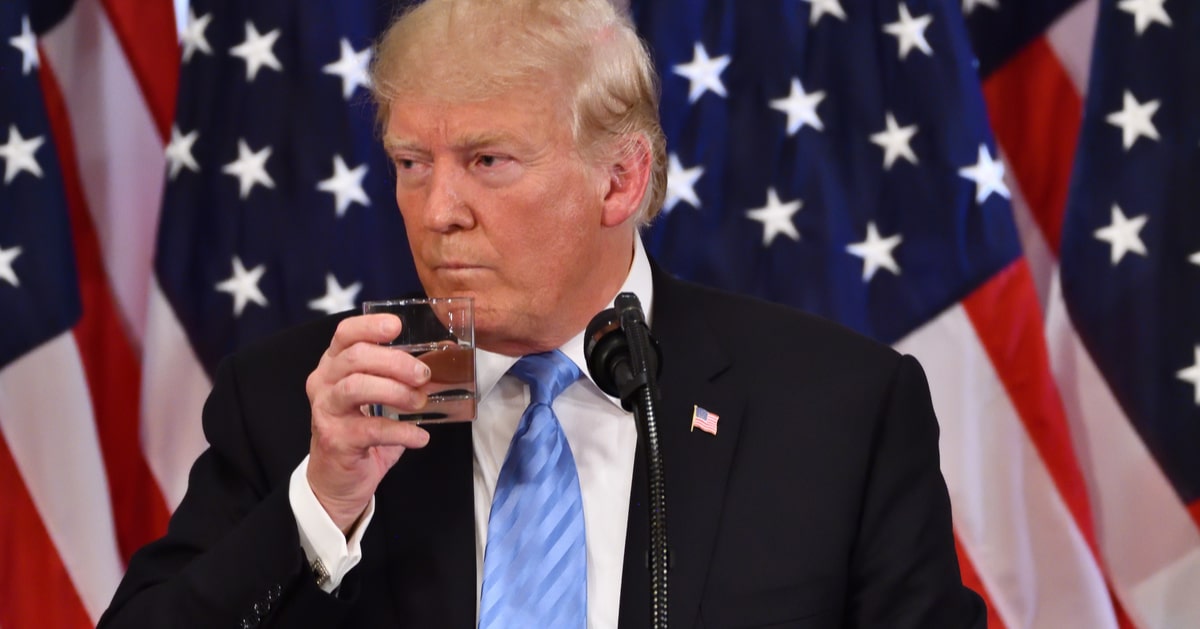




Following a Supreme Court ruling, the State Department initiated the removal of over 1,300 positions under the Trump administration’s broad agenda to revamp the federal workforce, the New York Post reported.
The department's reduction efforts are directed towards roles deemed non-essential, redundant, or duplicative.
Last Friday marked the beginning of the termination process for more than 1,300 State Department staff, involving a mix of 1,107 civil servants and 246 foreign service officers. Employees were given notices that their roles were being "abolished," a term used explicitly in the communications.
The scene outside the Harry S. Truman Building was deeply emotive; some employees left the headquarters visibly upset, while outside, supporters gathered to applaud them as they departed. This public display underscored the profound personal impact of the layoffs on individuals and families.
The procedure for terminating these positions involves differing adjustment durations for those affected. Foreign service officers are granted a 120-day administrative leave, providing a buffer to transition, whereas civil servants are provided a shorter 60-day period before their official job termination takes place.
Secretary of State Marco Rubio emphasized that the objective behind these cuts was to refine and streamline departmental efficiency. Rubio's perspective highlighted that some office closures naturally lead to surplus positions, which necessitate staff reductions.
This sharp workforce reduction was possible after the Supreme Court recently overturned a former court order that had briefly halted these plans. This judicial decision enabled the State Department to carry forward with its reorganizational strategy.
In May, the department had submitted a reorganization proposal to Congress, aiming for an overall reduction of 18% of US-based staff. This proposal was expansive, detailing the closure of approximately 300 divisions and offices.
Somewhat controversially, the offices dedicated to overseeing the war in Afghanistan and managing the resettlement of Afghan nationals will also be phased out. This move has sparked significant debate about the implications for U.S. diplomatic functions abroad.
Michael Rigas, the Deputy Secretary for Management and Resources, communicated that the department is moving into the final phase of its reorganization following these layoffs, indicating a future focus on effective, results-driven diplomacy.
However, the American Foreign Service Association has voiced stern opposition. They argue that the layoffs compromise U.S. interests and reduce its diplomatic capabilities at a critical global juncture, referring to the cuts as "a catastrophic blow."
The associations further criticized the manner of the layoffs, suggesting that the decisions to let staff go seemed unrelated to their performance or the strategic needs of their missions. Instead, the terminations were tied merely to their current assignments—a methodology the association deems far from reformative.
Comments from the terminated staff and the Secretary of State underlined the selective nature of the headcount reductions, purportedly targeting offices that were redundant or non-core to the State Department’s primary functions. This rationale, however, has not mitigated the controversy surrounding the decision.
The downsizing is part of a broader narrative under the Trump administration to curtail the scope of the federal government. Still, the specific impact on the State Department raises questions about the future of U.S. international engagements. The American Foreign Service Association highlighted that, through these layoffs and the closure of key offices, the U.S. has shed significant diplomatic expertise.
As the department pivots to what it terms a leaner operational model, the global diplomatic community and policymakers alike will be watching closely to see how these changes affect America's role on the world stage and its ability to manage international relations effectively.
In conclusion, while aimed at efficiency and streamlining, the significant downsizing of the State Department introduces complex challenges and concerns, ensuring the storyline of U.S. diplomacy continues to evolve with each policy adjustment.



